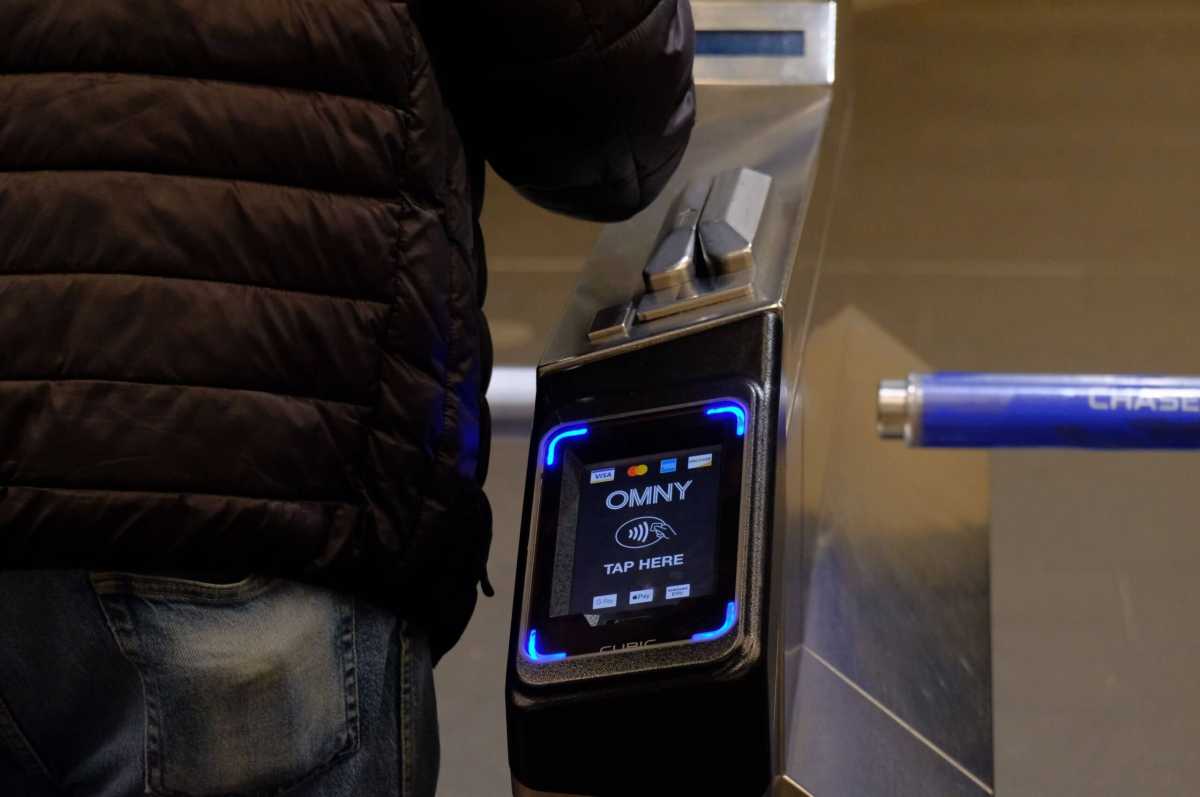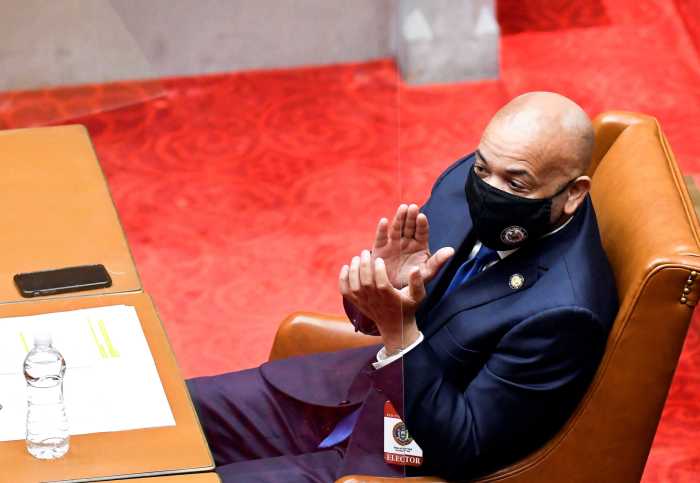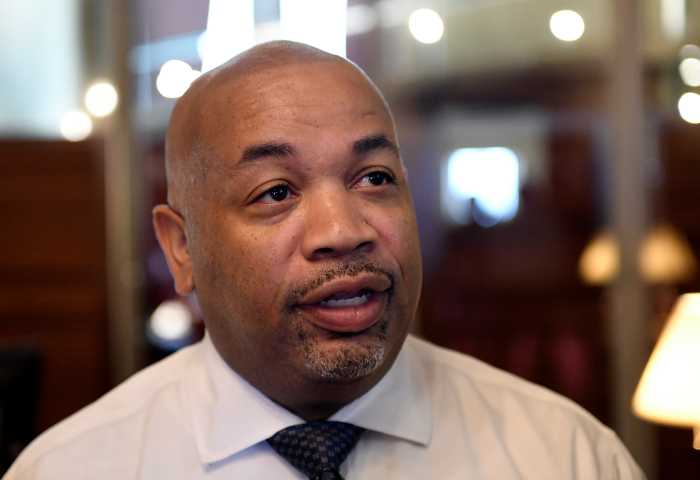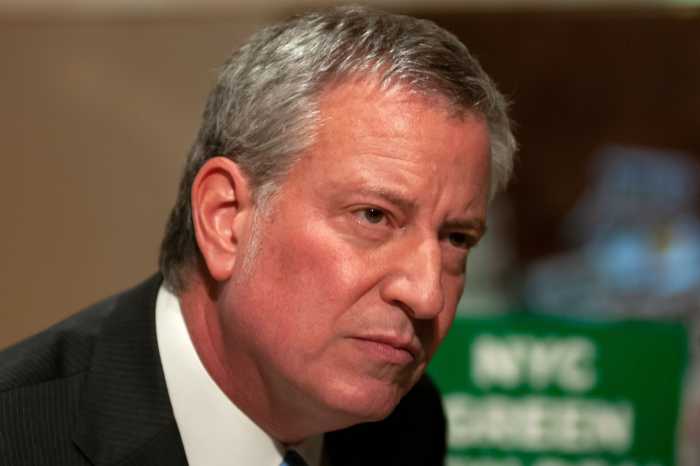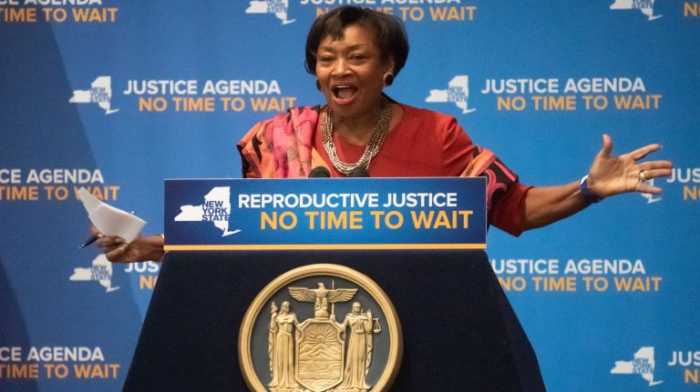The state Assembly is gearing up to dole out $208 billion in a spending plan they say, in part, will fund mass transit as New Yorkers return to subways and buses after leaving them somewhat deserted for much of the pandemic.
Assembly Speaker Carl Heastie announced on Sunday $11.3 billion would be devoted to the the state’s transportation network, which includes just $137 million in operating aid for the Metropolitan Transportation Authority. The American Rescue plan is expected to provide at least $23.8 billion for state government support.
About $6 billion from the federal stimulus bill will go directly to the MTA as well.
“I have always said New York had significant needs before the COVID outbreak and they have only been made more dire because of this unprecedented healthcare crisis. Our state budget must meet the moment, and we in the Assembly Majority are committed to meeting the needs of all New Yorkers,” Heastie said. “We are receiving significant federal funding, but we must also ask those who can do more to step up and help. The COVID-19 pandemic impacted every aspect of our lives, and we need to make investments that will aid in our state’s recovery, while ensuring that New Yorkers continue to have access to the vital services they need.”
The spending plan presented by the Assembly includes $503.1 million for the Consolidated Highway Improvement Program with $65 million for extreme weather recovery, as well as a $504 million increase in funding for the state Department of Transportation’s two-year capital plan.
On Thursday, March 11, the MTA announced that ridership had the highest point all year, which is still nowhere near pre-pandemic levels, but a start. The 1,863, 962 fares paid beats the old post-pandemic record of 1,857,822 MetroCard swipes recorded on Oct. 15, and follows a year since subway ridership was down over 90%, devastating the MTA’s finances.
“Make no mistake: we still have a long way to go, but the progress we’ve made in bringing riders back is significant,” Interim New York City Transit President Sarah Feinberg said. “We will continue to do everything in our power to get New Yorkers to vaccination sites and we are hopeful that more and more of our customers will return to the system in the weeks and months to come.”
Before COVID-19 turned most New Yorkers into shut-ins, subway and buses combine moved around 5 million people per day. While still a long way to recovery, the MTA upholds its current pandemic policies of closing stations and trains between 2 a.m. and 4 a.m., as well as enforcing mask mandates on all trains and buses.



